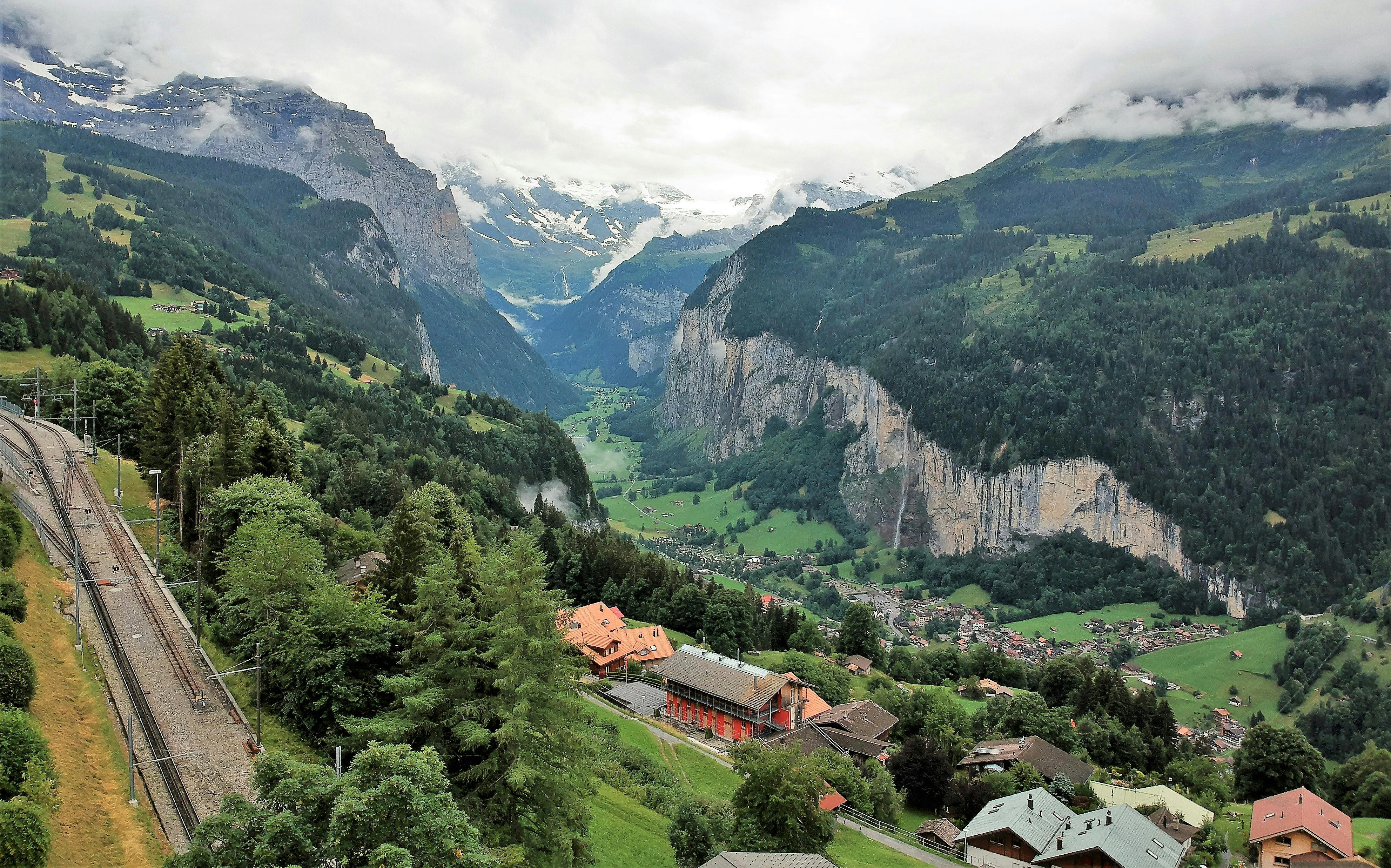Kyoto offers travelers to Japan an interesting alternative to Tokyo. This beautiful city is a mix of the modern and the old, with many reminders of this city’s past and its place as the cultural heart of the country. The main residence of the Japanese emperor was in Kyoto from the 8th to the 19th century, when he moved to the current capital, Tokyo. There is much to see here as, unlike other cities, Kyoto was not damaged during World War II.
Kyoto is a true experience of unique history and culture. In order to see it all, you’ll need enough time to visit as many attractions as you can. If you can only visit them for a short period of time, decide which places you want to visit more of, rather than trying to rush through them all.
There are many temples in Kyoto that offer insight into the varied nature of Japanese culture. They are also historically and architecturally interesting. You will find that many of the recommended attractions for Kyoto tourists will be temples of some kind.
The two prominent religions in Japan are Buddhism and Shintoism; each with their own temples. The most impressive Buddhist temple in Kyoto is the Golden Pavilion Kinkakuji, and it is one of the most popular tourist destinations in the city. The top two floors are clad in gold leaf, which is reflected in the pool below, connecting the heavens above with the earth below. The importance of this temple to Buddhists stems from the shrine it contains, which contains relics from the life of the Buddha.
The nearby Silver Pavilion, or Ginkakuji, was intended to be a complement to the Golden Temple, with a contrasting covering of silver leaf, but this plan never came to fruition. The Silver Temple is therefore much simpler than its neighbor, though it does have its own simpler charm. There are two peaceful gardens here; one with a pond surrounded by a rockery, where you are supposed to move and experience the changes in perspective that occur; and another where the sand has been sculpted into meditative patterns, creating a very calm atmosphere. Both are perfect antidotes to travel stress and jet lag.
Another Buddhist temple that is definitely worth visiting is the Pure Water Temple (Kiyomizudera). This world-famous temple is recognized by UNESCO for its unique value and has been named as a world heritage site. It has been standing since the 8th century, when it was founded by one of the oldest Buddhist sects in Japan. Look over the city of Kyoto from a nearby hill, surrounded by forests. The view of Kyoto from the temple terrace is impressive! There is also a beautiful cool spring here where the waters are believed to have healing powers.
There are two Zen temples that make an interesting addition to the main Buddhist temples. The Heavenly Dragon Temple (Tenryuji) was once the residence of an Emperor. When Go Daigo died, his house became this shrine in memory of him. The name was chosen when a priest sleeping nearby dreamed that a dragon appeared from the river. When he awoke, he concluded that this was a sign that the Emperor’s spirit had not found peace in death, and that the temple should be placed there to appease the restless spirit. The current building was only built about a century ago, after the eighth in a series of unfortunate fires damaged the various incarnations of the temple. However, the gardens date back to the 14th century, and offer a quiet space for a leisurely stroll.
The second temple, and a world heritage site, is called the Peaceful Dragon Temple (Ryoanji). The zen garden here is the best example of its kind that you will see. There are carefully placed rocks and sand grooves that have been raked into precise patterns, creating a haven of calm within the simple clay walls.
The Shinto religion is more unique to Japanese culture than the Buddhist one, although the temples here give the impression of a Buddhism shaped for Japanese minds. Two of the local Shinto temples offer interesting excursions in Kyoto. The first is the Fushimi Inari, dedicated to the god of rice. If you visit, pay attention to the many decorations in the form of foxes. These were traditionally the animal messengers of Inari. The sanctuary is beautiful and peaceful; particularly in the evening light. The most impressive feature of this temple is the various spectacular gates or bulls that surround it.
Even more examples of these gates are found at the local second Shinto temple. Heian Jungu is a 19th century temple dedicated to two Japanese emperors, Kammu and Komei. It was built to commemorate eleven hundred years since the founding of the city. At the end of every October, the Jidai Matsuri festival is held here. Thousands of people parade and celebrate the day Kyoto became the capital of Japan, even though it no longer holds this honor.
There are also some interesting places to visit if you are less into temples. The Imperial Palace is a spectacular complex of buildings with many beautiful gardens and interesting architectural features. The current palace was built in the 18th century, like Tenryuji, it has also suffered several fires. Numerous emperors have also chosen to be crowned here at the Palace.
The Gion district is one of Kyoto’s most famous features. An exciting day can be spent wandering its charming streets, trying to catch a glimpse of a geisha or maiko in traditional dress. Geishas are trained artists and not, as is commonly believed, prostitutes. The area has been well preserved, so many of the buildings date back to the Middle Ages and there is a unique atmosphere that attracts most tourists.
Kyoto is also a modern and busy city, offering excellent shopping, among other things. This gives those of you less interested in historical sights a chance to spend time searching for the latest in fashion and technology.



